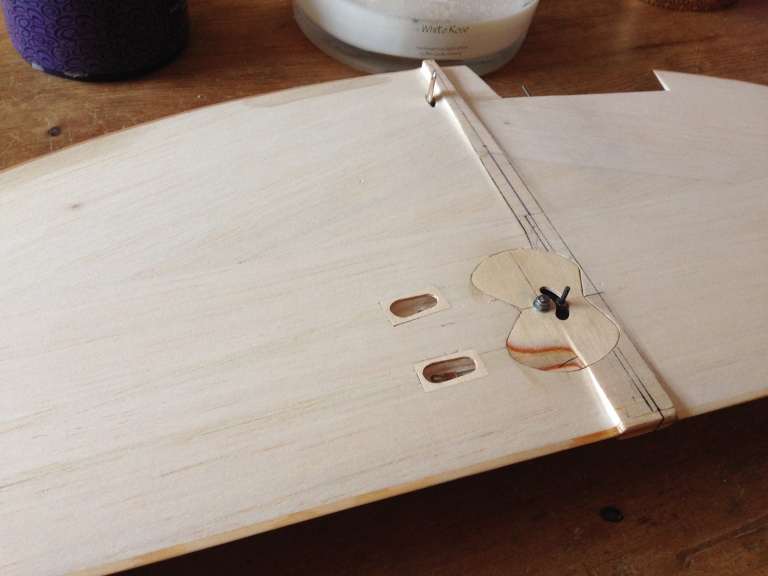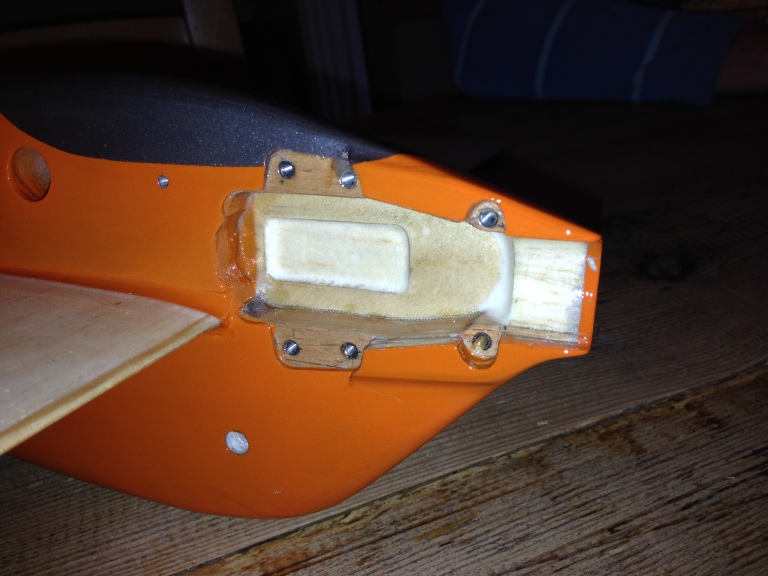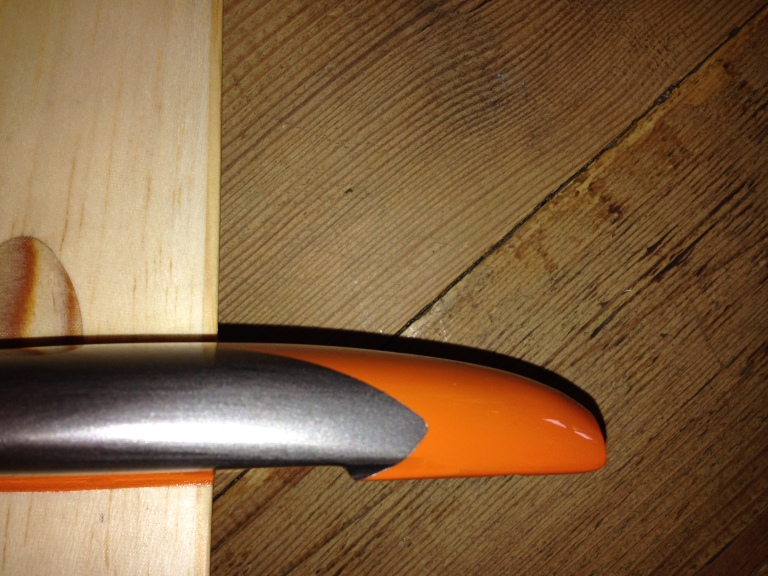After an encouraging first toe dip into the water of British F2 racing pool in 2016, it was immediately apparent that for accessible, quick racing this is the way to go.
High quality, fast motors are available off the shelf and all hardware is readily available. The 2016 F2C World Champions ably demonstrate that you don’t particularly need to be an engine builder to succeed at the very top level.
Ironically many of the slower domestic racing classes require a higher degree of engine tuning knowledge than the F2 classes to be competitive.
In the UK F2CN is numerically the most popular event, aided by the the fact that engine performance is largely even due to the ready availability of the excellent Profi motors. Also competitive are Nelson motors, sadly no longer made, with the occasional Moki making an appearance.
With Techno Hobby setting up a UK based distributor the only purchasing issue, that of easy currency exchange, is now alleviated. Spares and service are now readily available. No reason not to then!
My personal goal for 2017 is compete meaningfully in F2C & F2CN with Mike North as my faithful pit-man, or is that me with him as his ‘stick in the middle’……?
Readers of my previous blogs will be aware I have long admired Steve Smith’s F2C Flying Wing and that I built a F2CN model in 2016 based around the Ian Russell plan. A quick check with modern CAD software shows it is significantly over area as drawn. The rules call for 12 sq dm, the Russell plan is 12.8 sq dm.

A call to Steve Smith highlighted inaccuracy of the wing outline on this plan, and using true British ‘fag packet technology’ (I’m aware this phrase may not translate well in North America……) he drew around one of his original models on a sheet of paper and sent it on.

So, we’re getting closer, but there’s still 50 sq cm to play with and as I like the shape of Ian Russell’s tip drawing I’ll use that and reduce it down a bit more.
Steve proved to be a willing mine of information and had many suggestions for possible design improvements and general ideas to try. He placed significant emphasis on C of G placement, one item that I very rarely fit, let alone trim! On checking my F2CN model the C of G was at the rear of Steve’s recommended range and the model handles very well.
For my first model of 2017 I decided to use a wing with the centre section left square. I used this technique on a Goodyear model and easily achieved perfect alignment between wing and tail as the fuselage is built from balsa and spruce strip. This idea is taken from Dave Clarkson’s many designs in Aeromodeller magazine. This technque allows very accurate thrust alignment. A second benefit is a stronger and lighter join as the fit is so good.

I built the fuselage first and mark the width line on the wing blank before sanding.


Once marked the centre section is left square, I use pen lines on the LE, TE and tips as a sanding guide. This wing has a 2mm ‘reflex’ section sanded into the TE otherwise it is symmetrical.

The wing and fuselage were glassed, the wing had my BMFA number printed on lightweight tissue and doped on under the cloth. The wing had a second, very thin coat of epoxy applied and polished. The fuselage was finished in car paint with a coat of Klasscote to finish. I was quite pleased with the finish on the fuselage and avoiding lacquering the wing saved a few grammes.


Top view shows the fillets to smooth airflow over the lugs


Hi Simon,
Another good build, great pics and note. Question I am told that wings tend to nose down on take off? To avoid this you have to build in a little up elevator? Have you found this to be correct ? How do you build in up elevator?
Again Tks.
LikeLike
Hi Graham, good to hear from you. I’m not hugely experienced in flying wing models but I have flown Sion’s yellow model and my own in competition.
I would say his model fair leapt off the ground! This was mainly due to his handle having on adjustment and with my hand at neutral there was a fair bit of up in. Pretty disconcerting to fly…
Bit with a sensible handle set up it does take off well, but is still quite lively. The wing on the model does feature a reflex wing, a feature that was adopted to counteract a lack of ability to fly high, I believe.
My model is a little calmer to fly despite having a fairly rearward (according to Steve Smith’s plan) C of G and does need a dollop of up to get it away. Taking off at neutral elev does produce a low getaway, not always to the amusement on the CD or opposition.I think the underfin could be shortened to give a steeper ground angle of attack which would help it launch.
The wing has a ‘Heath Robinson’ approach to reflex. I fix the spruce TE at dead centre on the tips, running to 2mm higher at the centre.
So my model has no nose over tendencies, and will take off near to neutral. It will stay low which is no bad thing as long as you meet the overfly height.
LikeLike
Simon, tsk for the follow up. Much success with this model and your others. Will talk to Sion about his model/experience.
Cheers.
LikeLike
hi, may i ask does anyone sell rtf f2cn models? thank you.
LikeLike
Hi Joseph, F2CN is a British class, whereabouts are you? F2F is the international class and models are available from Elia Rodin who I can highly recommend as I have used his F2C models. Ferenc Orvos and Matthieu Perret make and sell extremely high quality models too.
LikeLike